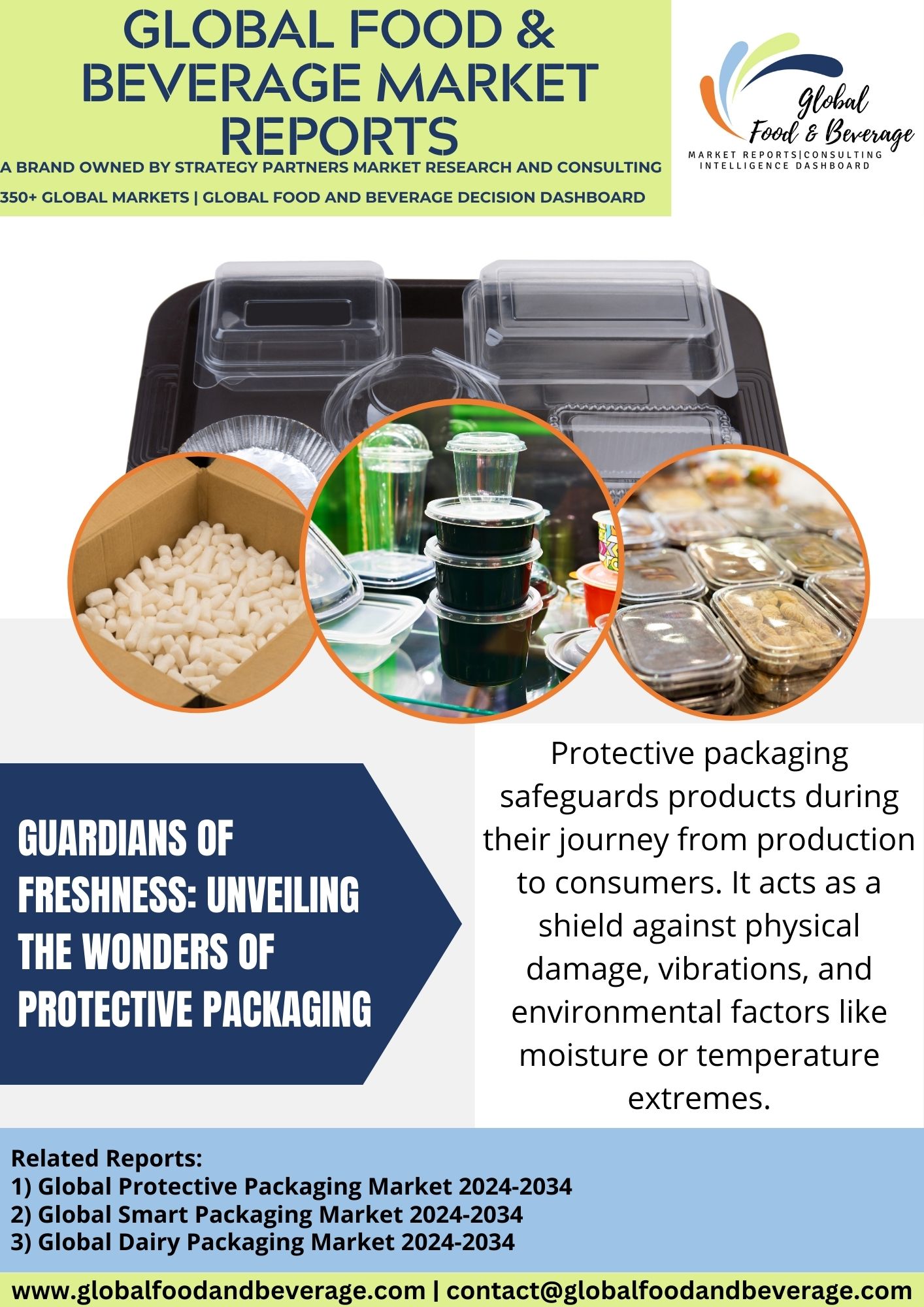Protective packaging plays a crucial role in safeguarding products throughout the supply chain, ensuring they reach consumers in optimal condition. This specialized packaging is designed to provide a barrier against external elements such as moisture, air, light, and physical damage, preserving the integrity of the packaged items.
In the realm of protective packaging, various materials are employed to meet specific needs. Flexible packaging, including films and pouches, offers lightweight and versatile solutions, ideal for products like snacks, beverages, and pharmaceuticals. These materials provide a protective barrier while offering convenience and cost-effectiveness.
For more robust protection, rigid materials such as corrugated cardboard, molded foam, and plastic containers are used. These materials excel in safeguarding fragile or high-value items during transit and handling. Corrugated boxes, for instance, are widely employed for shipping purposes due to their durability and versatility.
Bubble wrap and other cushioning materials are essential components of protective packaging, acting as shock absorbers to prevent damage during transportation. The choice of cushioning materials depends on the fragility of the packaged items and the level of protection required.
In the food industry, vacuum packaging and modified atmosphere packaging (MAP) are forms of protective packaging that extend the shelf life of perishable products by controlling the atmosphere within the packaging, slowing down the deterioration process.
Protective packaging extends beyond physical protection; it also plays a role in product security. Tamper-evident seals and anti-counterfeit features are integrated into packaging designs to ensure the safety and authenticity of products.
The environmental impact of protective packaging has become a focal point, leading to innovations in sustainable materials and designs. Recyclable and biodegradable options, as well as minimalist packaging concepts, aim to reduce the ecological footprint of protective packaging while maintaining its primary function of ensuring product integrity.
As e-commerce continues to thrive, the importance of protective packaging becomes even more pronounced. Ensuring that products arrive undamaged contributes not only to customer satisfaction but also to the reduction of product waste and returns, making protective packaging an indispensable element in the modern supply chain.
ADVANCEMENT:
Advancements in protective packaging have revolutionized the way products are safeguarded during transportation, storage, and handling. Modern technologies and materials contribute to more robust and tailored protective solutions, ensuring the integrity and safety of various goods.
Smart packaging technologies have introduced sensors and indicators that monitor environmental conditions, such as temperature and humidity. This real-time data allows for proactive measures to prevent damage to sensitive products, particularly in the pharmaceutical and electronics industries.
Innovative materials, including advanced polymers and bio-based alternatives, enhance the strength and durability of protective packaging. These materials not only provide effective protection but also address environmental concerns by reducing waste and promoting recyclability.
Customization is a key trend, with protective packaging being designed to fit specific product shapes and sizes. 3D printing and other manufacturing advancements enable the production of custom-fit packaging solutions, minimizing excess material and optimizing space during transportation.
The integration of sustainable practices is a central focus, with manufacturers incorporating eco-friendly materials and designs that prioritize recyclability and biodegradability. This aligns with the global shift towards more environmentally conscious packaging solutions.
As e-commerce and global supply chains continue to expand, the advancements in protective packaging underscore its critical role in preserving product quality and reducing the environmental footprint of packaging materials, reflecting a dynamic and innovative approach to ensuring the safe transit of goods.
CHALLENGE:
Protective packaging, designed to safeguard products during storage and transportation, faces various challenges in the global market. One significant challenge is achieving a balance between protection and environmental sustainability. As consumer awareness of environmental issues grows, there is increasing pressure on industries to adopt eco-friendly packaging solutions. Striking a balance between providing effective protection and minimizing the environmental impact remains a complex challenge for protective packaging manufacturers.
Regulatory compliance adds a layer of complexity. Different regions and industries may have specific regulations regarding packaging materials, particularly those related to food safety and product preservation. Adhering to these diverse standards requires careful consideration in design and material selection, adding complexity to global market access.
Cost considerations influence material choices. High-performance protective packaging materials often come at a higher cost, impacting the overall cost of packaging for manufacturers. Balancing cost-effectiveness with the need for superior protection is a continuous challenge, particularly for industries with stringent budget constraints.
Technological advancements and material innovations are crucial for the industry’s growth. Developing new materials and technologies that enhance protective capabilities, reduce waste, and offer sustainable alternatives requires ongoing research and investment. Staying ahead in the competitive protective packaging market demands a commitment to innovation.
Customization demands and supply chain considerations pose challenges. Different products require different levels and types of protection. Providing customizable protective solutions while maintaining an efficient and reliable supply chain requires strategic planning and flexibility.
Consumer perception and education are ongoing hurdles. Communicating the benefits and environmental considerations of protective packaging to consumers is crucial. Overcoming negative perceptions and educating consumers about the role of protective packaging in reducing product waste and damage can enhance market acceptance.
CONCLUSION:
In conclusion, the global market for protective packaging is thriving as industries recognize the critical role it plays in safeguarding products during transit and storage. The rise of e-commerce, coupled with a focus on sustainable packaging solutions, propels the demand for innovative protective materials. From cushioning materials to barrier coatings, the industry is witnessing dynamic advancements. As environmental concerns become paramount, there is a growing emphasis on eco-friendly and recyclable protective packaging options. Key players are investing in research to align with evolving consumer preferences. With the continual growth in online retail and heightened awareness of sustainable practices, the protective packaging market presents ongoing opportunities for adaptation and expansion.”
